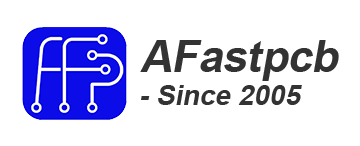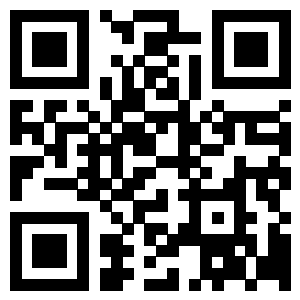Before we use Protel99SE to design a printed circuit board, we must understand the basic process, that is, the wiring process of the printed circuit board. For users who are new to printed circuit board design, the first question they face is which steps are included in the design work, where should they start, and what is the connection between the various steps?
1. Drawing the correct schematic diagram and network table schematic diagram is the prerequisite for designing the PCB board, and the network table is the bridge connecting the schematic diagram and the PCB board diagram, so you must first get the correct schematic diagram and network before drawing the PCB circuit board. table.
Second, determine the component packaging to complete the conversion from the schematic to the PCB, only the connection relationship of each component object is not enough, you must also know the packaging form (Footprint) of each component. Protel99SE provides a rich library of standard components. Before importing the netlist file, you must load the PCB component package library first, and make sure that all used libraries have been loaded.
3. Setting environmental parameters Users can set environmental parameters according to their own habits, such as grid size, cursor capture size, conversion of metric and imperial units, and the color of the working level. In addition, because the PCB board drawing consists of many layers, it is also necessary to set the layers of the PCB board.
4. Planning the circuit board This step is mainly to set various physical parameters of the circuit board, including whether the circuit board is a double-layer board or a multi-layer board, the shape and size of the circuit board, and the installation method of the circuit board. Put an appropriate size pad on the hole, and draw the outline of the PCB board on the forbidden wiring layer, etc.
Fifth, import the net list The net list contains the packaging form of each component and the connection relationship between the components, so after importing the net list, the basis for the subsequent design of the PCB is obtained.
Sixth, the layout of components should be comprehensively considered in terms of mechanical structure, heat dissipation, electromagnetic interference, and the convenience of future wiring. First lay out the components related to the mechanical size and lock these components, then lay out the larger and more space-consuming components and the core components of the circuit, and finally lay out the peripheral small components.
Seven, formulate detailed wiring rules. Wiring rules include wiring spacing, various line widths, via size, wiring topology, etc. These rules need to be set according to the actual situation of the designed circuit board. In addition, place filling layers in areas where wiring is not desired, such as the wiring layer underneath the radiator and the lying two-pin crystal oscillator.
8. PCB wiring This step includes three small steps: manual wiring, automatic wiring and manual adjustment.
9. Processing of the lead-out end of the circuit board In the actual PCB design, the power supply, grounding, signal input and output must be connected to the outside world, and the lead-out method depends on the process requirements. Common lead-out method-use the pad to lead out and use the connector to lead out; it is also possible to add lead-out ends in the schematic diagram, and then update the PCB board.
10. Copper coating and teardrop patching. In order to enhance the anti-interference ability of the circuit board, the ground wire network of each wiring layer needs to be copper-clad. According to the needs, there can be grid-shaped copper or solid copper, or the power supply network Carry out copper coating. In addition, teardrops must be added to all vias and pads, and teardrops must be added to patches and single-sided boards.
11. Carry out design rule check In order to ensure that the circuit board diagram complies with the design rule and all the networks have been correctly connected, the design rule check must be done after the wiring is completed. This step corresponds to the previous formulation of detailed wiring rules. On the one hand, wiring errors can be checked according to the formulated design rules; on the other hand, if some errors need to be ignored during the wiring process, the design rules can also be adjusted modify.
12. After adjusting all the information on the remaining layers and passing the design rule check, drag and drop all the characters of the silk screen layer to the appropriate position. Be careful not to place them under the components or on the vias and pads. For too large The characters can be reduced appropriately. Finally, put the name of the printing plate, design version number, company name, date of first processing of the file, name of the printing plate, file processing number and other information, and use the program provided by a third party to add Chinese annotations.
13. Save and export the printed board files After the circuit board design is completed, the printed board files must be sorted, archived, and printed drawings. In addition, you can export the component list, generate a spreadsheet file as a component list, and so on.






